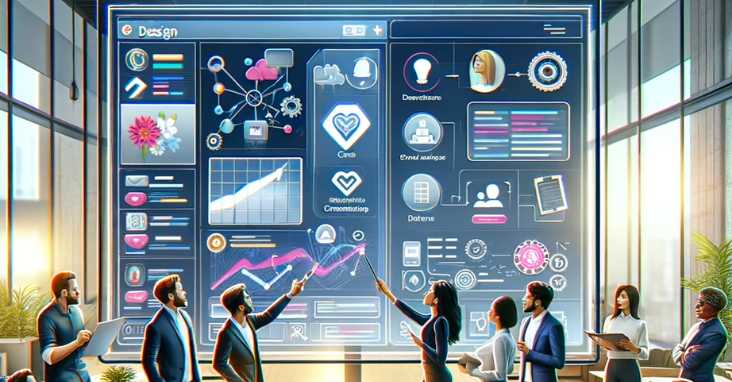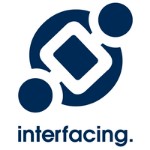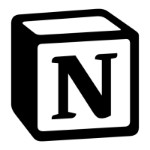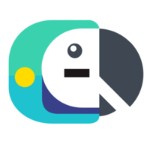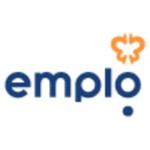Design collaboration software has become an essential tool for teams working on complex design projects. It allows team members to collaborate in real-time, share ideas, and make changes to designs seamlessly. Design collaboration software is used in various industries, including architecture, engineering, graphic design, and web design, to name a few.
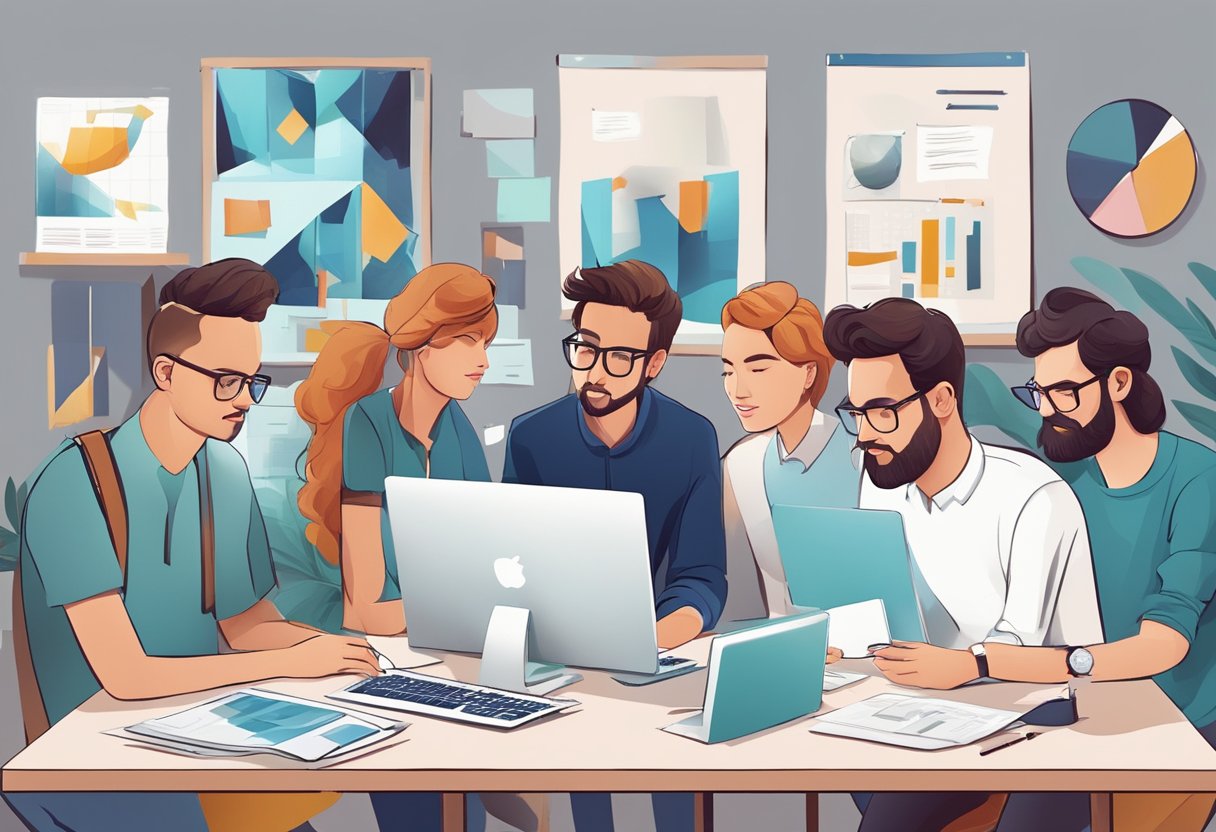
Understanding Design Collaboration Software
Design collaboration software is a platform that enables teams to work together on design projects. It allows team members to share files, communicate, and collaborate in real-time. Collaboration software is cloud-based, which means that all team members can access the same files and work on the same project simultaneously from any location.
The Design Collaboration Process
The design collaboration process involves various stages, including brainstorming, ideation, prototyping, and testing. Collaboration software helps streamline the design process by allowing team members to work together seamlessly, even if they are not in the same location. The software also provides a centralized platform where team members can store and share files, making it easier to manage and organize design projects.
Key Takeaways
- Design collaboration software is a cloud-based platform that enables teams to work together on design projects.
- The design collaboration process involves various stages, including brainstorming, ideation, prototyping, and testing.
- Collaboration software helps streamline the design process by allowing team members to work together seamlessly, even if they are not in the same location.
Understanding Design Collaboration Software
Design collaboration software is a tool that allows designers to work together on a project, regardless of their location. It provides a platform for team members to share their ideas, designs, and feedback in real-time. This section will delve into the definition of design collaboration, the benefits it offers to design teams, and the key features of collaboration tools.
Definition of Design Collaboration
Design collaboration refers to the process of working together with others to create a design. It involves sharing ideas, feedback, and resources to create a final product. Design collaboration software enables designers to collaborate with each other, regardless of their location. It provides a centralized platform where team members can share their designs, make changes, and provide feedback.
Benefits for Design Teams
Design collaboration software has several benefits for design teams. Firstly, it allows team members to work together in real-time, which helps to speed up the design process. It also enables designers to share their ideas and designs with each other, which can lead to more creative solutions. Additionally, collaboration tools help to reduce the risk of errors and inconsistencies in the final product.
Key Features of Collaboration Tools
Design collaboration tools come with several key features that make them effective for team collaboration. Some of these features include:
- Version control: This feature allows team members to keep track of changes made to a design, which helps to avoid confusion and mistakes.
- Commenting and feedback: Collaboration tools provide a platform for team members to provide feedback on designs, which helps to improve the quality of the final product.
- File sharing: Design collaboration software allows team members to share their designs and resources in real-time, which helps to speed up the design process.
- Project management: Collaboration tools provide project management features that help to keep track of deadlines, tasks, and progress.
In conclusion, design collaboration software is an essential tool for design teams that allows them to work together effectively, regardless of their location. It provides a platform for team members to share their ideas, designs, and feedback in real-time, which helps to speed up the design process and improve the quality of the final product.
The Design Collaboration Process
Collaboration is a crucial element of the design process. It is the process of working together to achieve a common goal. Design collaboration software is a tool that enables designers, developers, and marketers to work together seamlessly. The software provides a platform for sharing ideas, feedback, and designs, which helps to streamline the design process.
Stages of Design Collaboration
The design collaboration process consists of several stages. The first stage is ideation, where designers brainstorm and come up with ideas. The second stage is the creation of wireframes and prototypes. The third stage is the design review, where designers, developers, and marketers provide feedback on the designs. The final stage is the implementation of the design.
Role of Feedback and Iteration
Feedback and iteration play a significant role in the design collaboration process. Feedback helps designers to identify areas that need improvement, while iteration involves making changes based on the feedback received. Iteration is an essential part of the design process as it helps to refine the design and make it more effective.
Integrating Developers and Marketers
Integrating developers and marketers into the design collaboration process is crucial. Developers bring technical expertise to the table, while marketers provide insights into the target audience. By involving developers and marketers, designers can create designs that are not only visually appealing but also functional and effective.
In conclusion, design collaboration software is an essential tool for designers, developers, and marketers. It streamlines the design process by providing a platform for sharing ideas, feedback, and designs. The design collaboration process consists of several stages, including ideation, creation of wireframes and prototypes, design review, and implementation. Feedback and iteration play a crucial role in the design collaboration process, while integrating developers and marketers helps to create designs that are both visually appealing and effective.
Top Design Collaboration Tools
Design collaboration software can help teams work more efficiently and effectively by allowing them to share ideas, feedback, and designs in real-time. Here are some of the top design collaboration tools available today.
Comparing Popular Platforms
Figma and Sketch are two of the most popular design collaboration tools. Figma is a web-based tool that allows for real-time collaboration and has a strong focus on design systems. Sketch is a desktop app that is popular among designers and has a wide range of plugins and integrations.
Trello and Slack are also popular collaboration tools, but they are not specifically designed for design collaboration. Trello is a project management tool that can be used to manage design projects, while Slack is a messaging app that can be used to communicate with team members.
Free vs. Paid Solutions
Many design collaboration tools offer both free and paid versions. InVision and Balsamiq are two examples of tools that offer free and paid versions. The free versions typically have limitations on the number of projects or team members, while the paid versions offer more features and functionality.
Other tools, such as Moqups and Mural, offer free trials but require payment for continued use. Visme and Filestage offer free trials as well as free versions with limited functionality.
Specialized Tools for Specific Needs
Some design collaboration tools are specialized for specific needs. Basecamp is a project management tool that can be used for design collaboration, while Cage is a tool specifically designed for creative teams. Conceptboard is a tool that allows for collaboration on visual content, while GoVisually is a tool for reviewing and approving designs.
Notion is a tool that can be used for a wide range of purposes, including design collaboration. Zoom and Asana are also popular collaboration tools that can be used for design projects. Red Pen and FigJam are two newer tools that are gaining popularity for design collaboration.
Overall, there are many design collaboration tools available, each with their own strengths and weaknesses. Teams should consider their specific needs and budget when choosing a tool to use.
Enhancing Team Collaboration and Productivity

Collaboration software is a powerful tool that can help teams work together more effectively and efficiently. By providing a platform for effective communication, task and project management integration, and building a collaborative workspace, team members can work together seamlessly and achieve their goals more efficiently.
Effective Communication Strategies
Effective communication is key to any successful team collaboration. Collaboration software enables team members to communicate in real-time, making it easier to stay in touch and work together on projects. With features like instant messaging, video conferencing, and screen sharing, team members can collaborate and discuss ideas as if they were in the same room. Additionally, team members can easily share files and documents, ensuring that everyone has access to the information they need to complete their tasks.
Task and Project Management Integration
Task and project management are essential components of any successful team collaboration. Collaboration software integrates task and project management tools, making it easier for team members to manage their workloads and stay on track. With features like task assignment, progress tracking, and deadline reminders, team members can easily manage their tasks and ensure that they are meeting their deadlines.
Building a Collaborative Workspace
A collaborative workspace is essential for effective team collaboration. Collaboration software provides a platform for team members to work together on projects, share ideas, and collaborate in real-time. With features like shared whiteboards, brainstorming tools, and project management dashboards, team members can work together seamlessly and achieve their goals more efficiently. Additionally, collaboration software provides a centralized location for team members to access files and documents, making it easier to collaborate and stay organized.
In conclusion, collaboration software is an essential tool for enhancing team collaboration and productivity. By providing effective communication strategies, task and project management integration, and building a collaborative workspace, team members can work together seamlessly and achieve their goals more efficiently.
Workflow Optimization with Design Collaboration Software
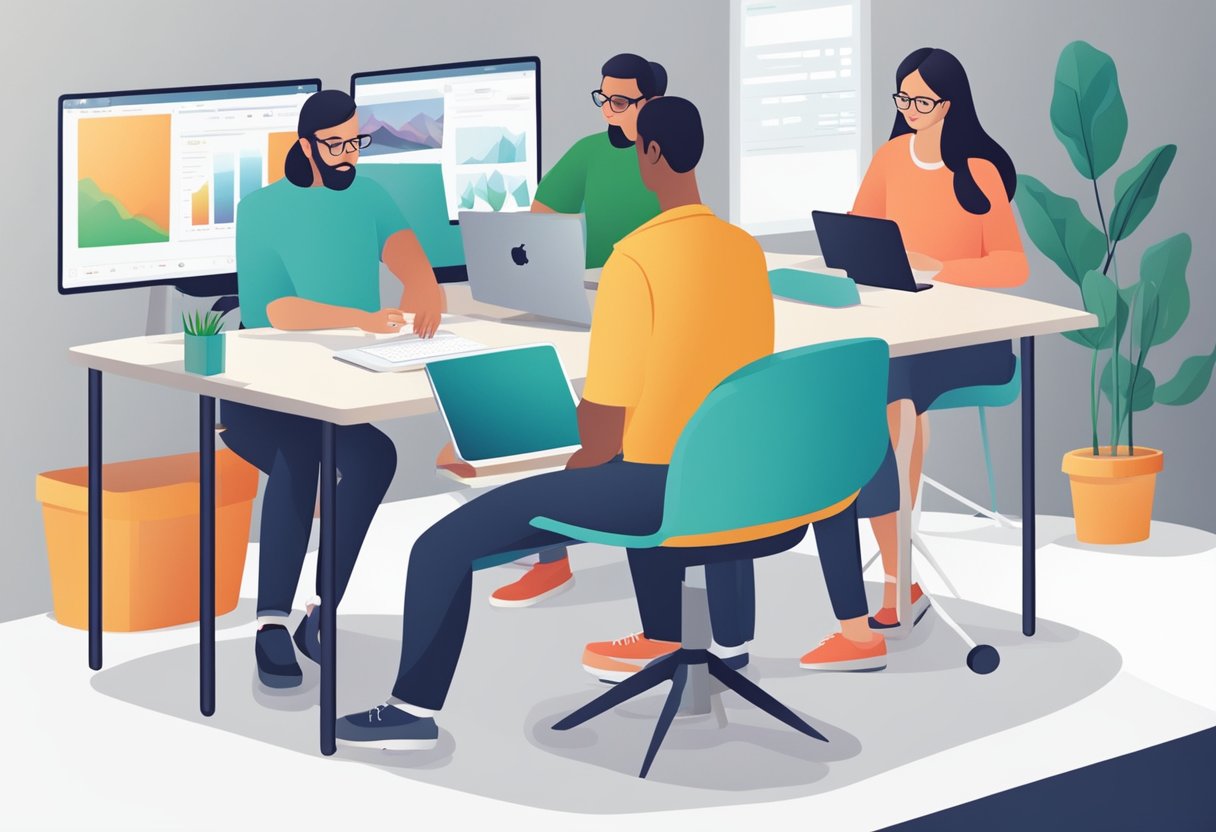
Design collaboration software is an essential tool for modern design teams looking to streamline their workflows, automate repetitive tasks, and collaborate in real-time environments. With the right design platform, teams can work more efficiently, reduce errors, and produce better results in less time.
Streamlining Design Workflows
Design collaboration software allows teams to streamline their workflows by providing a centralized platform for project management, design reviews, and feedback. By using a single platform, teams can avoid the need to switch between multiple tools, reducing the risk of errors and miscommunications.
With design collaboration software, teams can also set up automated workflows that help them stay on track and meet deadlines. For example, teams can set up automated notifications that remind team members of upcoming deadlines or alert them when a design has been updated.
Automating Repetitive Tasks
Design collaboration software can also help teams automate repetitive tasks, such as file naming conventions, version control, and asset management. By automating these tasks, teams can reduce the risk of errors and free up time for more creative work.
For example, teams can use design collaboration software to automatically generate file names based on a specific naming convention, or to automatically version control files as they are updated. This helps ensure that everyone is working from the latest version of a design, reducing the risk of errors and confusion.
Collaboration in Real-Time Environments
Design collaboration software also enables teams to collaborate in real-time environments, allowing them to work together on projects regardless of their location. With real-time collaboration, teams can work together to make changes to a design, provide feedback, and resolve issues in real-time.
For example, teams can use design collaboration software to collaborate on a design in real-time, with each team member able to see the changes being made by others in real-time. This helps ensure that everyone is on the same page and that the design is being developed in the right direction.
In conclusion, design collaboration software is an essential tool for modern design teams looking to streamline their workflows, automate repetitive tasks, and collaborate in real-time environments. By using the right design platform, teams can work more efficiently, reduce errors, and produce better results in less time.
Best Practices for Collaborative Design
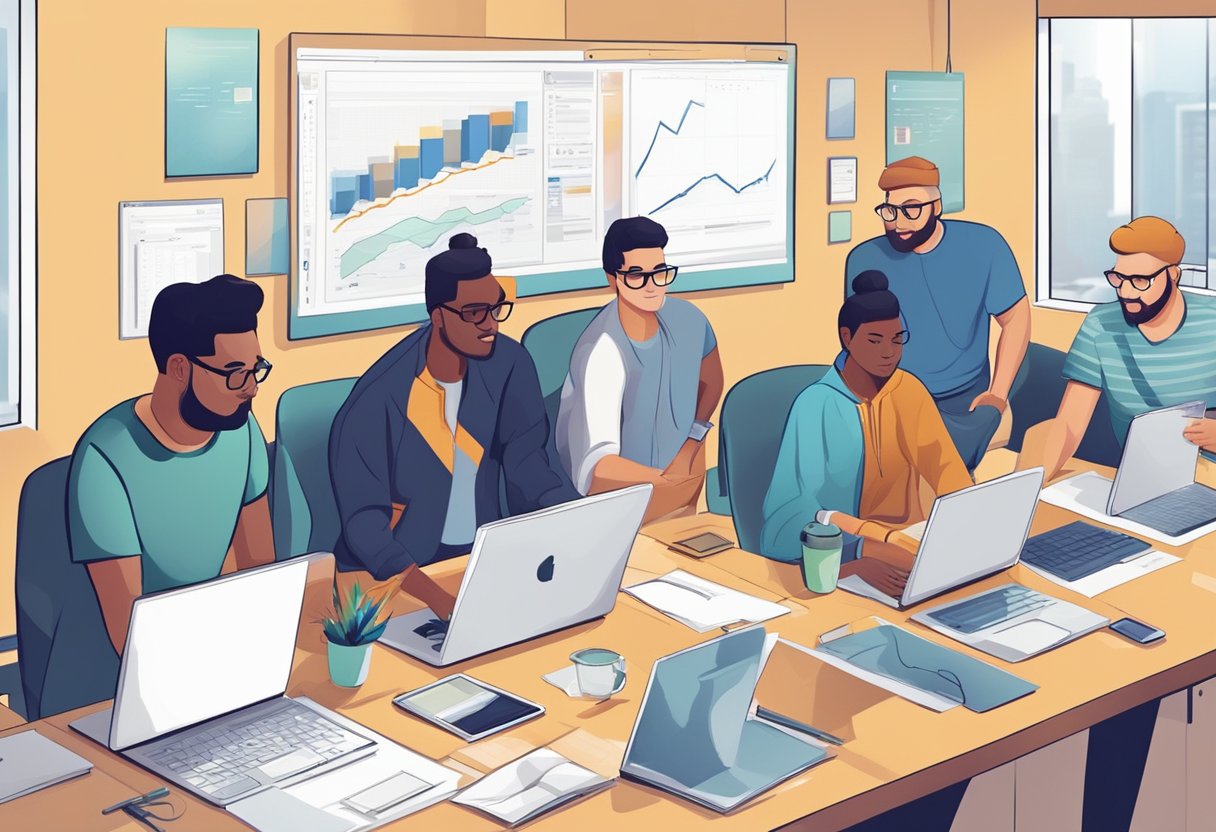
Collaborative design is an essential aspect of modern design projects. The use of design collaboration software has made it easier for teams to work together on projects. However, to achieve the best results, it is important to follow some best practices. In this section, we will discuss the best practices for collaborative design.
Creating and Sharing Design Files
One of the most important aspects of collaborative design is the ability to share design files easily. Design collaboration software allows designers to share their work with team members in real-time. It is important to ensure that the design files are organized and labeled correctly to avoid confusion.
Designers should also make sure that their files are compatible with the software used by the team. This will ensure that team members can access and edit the files without any issues.
Version Control and Documentation
Version control is crucial when working on collaborative design projects. Design collaboration software provides version control features that allow team members to track changes made to design files.
It is important to document changes made to design files to ensure that everyone is on the same page. This can be done by using comments or annotations.
Feedback Loops and Visual Proofing
Feedback loops are essential in collaborative design projects. Design collaboration software allows team members to provide feedback and suggestions on design files.
Visual proofing is another important aspect of collaborative design. It allows team members to see how the design will look in real-life situations. This can be done by creating mockups or prototypes.
In conclusion, following best practices for collaborative design is essential to ensure the success of a project. By creating and sharing design files, using version control and documentation, and implementing feedback loops and visual proofing, teams can work together seamlessly and achieve their design goals.
Leveraging Design Systems and Components

Design collaboration software enables teams to work together efficiently and effectively. One of the key benefits of using design collaboration software is the ability to leverage design systems and components.
Building and Scaling Design Systems
Design systems are a collection of reusable components, guidelines, and best practices that help teams create consistent and cohesive designs. With design collaboration software, teams can easily build and scale design systems, ensuring that everyone is working from the same set of guidelines and rules. This leads to faster design iterations, better collaboration, and higher quality designs.
Reusable Components and Libraries
Reusable components and libraries are an essential part of any design system. With design collaboration software, teams can easily create and share components and libraries, allowing them to work more efficiently and effectively. By using shared libraries, teams can ensure that everyone has access to the same components, reducing the risk of inconsistencies and errors.
Design Handoff and Developer Collaboration
Design collaboration software also facilitates design handoff and developer collaboration. With design collaboration software, designers can easily share their designs with developers, allowing them to quickly and easily implement designs into code. This leads to faster development cycles and better collaboration between designers and developers.
In conclusion, leveraging design systems and components is a key benefit of using design collaboration software. By building and scaling design systems, using reusable components and libraries, and facilitating design handoff and developer collaboration, teams can work more efficiently and effectively, leading to higher quality designs and faster development cycles.
User Experience and Client Collaboration
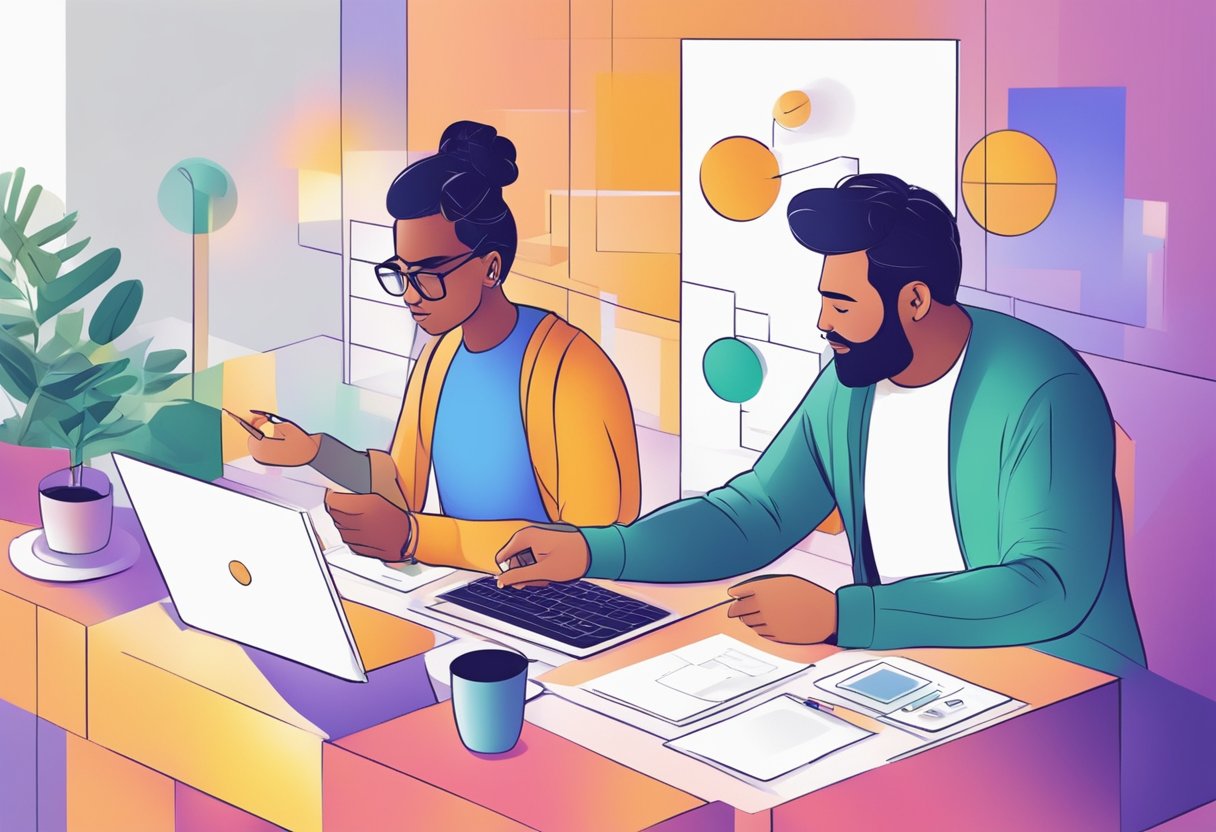
Design collaboration software has revolutionized the way designers work with clients. With the help of these tools, designers can involve clients in the design process and get their feedback in real-time. This section will explore how design collaboration software can enhance user experience and client collaboration.
Involving Clients in the Design Process
Design collaboration software allows designers to involve clients in the design process from the very beginning. Clients can provide feedback on design concepts, color schemes, and typography. This helps designers create designs that are tailored to the client’s needs and preferences.
Interactive Prototypes and Client Feedback
Interactive prototypes are an essential part of the design process. They allow clients to see how the design will look and feel in real-time. With design collaboration software, clients can provide feedback on the interactive prototype, making it easier for designers to make changes and adjustments.
Managing Client Expectations and Revisions
Design collaboration software can help manage client expectations by providing a clear and transparent workflow. Clients can see the progress of the design project and know when to expect revisions. Designers can also use design collaboration software to manage revisions efficiently, ensuring that the design project is completed on time and within budget.
In conclusion, design collaboration software is an essential tool for designers who want to enhance user experience and client collaboration. By involving clients in the design process, using interactive prototypes, and managing client expectations, designers can create designs that are tailored to the client’s needs and preferences.
Adapting to Different Project Sizes and Types

When it comes to design collaboration software, one of the most critical factors to consider is how well it can adapt to different project sizes and types. Whether you’re a freelancer working on a small project or a project manager overseeing a large organization, having the right tools to collaborate effectively is essential.
Solutions for Freelancers and Small Teams
For freelancers and small teams, design collaboration tools that are affordable, easy to use, and scalable are ideal. These tools should allow team members to work together seamlessly, share files, and communicate in real-time. Some popular options for freelancers and small teams include Figma, Sketch, and InVision.
Figma is a cloud-based design collaboration tool that allows team members to work together in real-time. It has a user-friendly interface, making it easy for even non-designers to use. Sketch, on the other hand, is a popular vector graphics editor that is widely used by designers. It has a simple interface and a wide range of plugins that make it easy to customize.
InVision is another popular design collaboration tool that allows team members to create interactive prototypes, share designs, and collaborate in real-time. It has a range of features that make it ideal for small teams, including a simple interface, easy file sharing, and real-time commenting.
Tools for Large Organizations and Complex Projects
For large organizations and complex projects, design collaboration tools that are scalable, secure, and customizable are ideal. These tools should allow project managers to oversee multiple teams, track progress, and ensure that everyone is working towards the same goal. Some popular options for large organizations and complex projects include Adobe Creative Cloud, Miro, and Asana.
Adobe Creative Cloud is a suite of design collaboration tools that includes Photoshop, Illustrator, and InDesign. It allows teams to work together on complex projects, share files, and collaborate in real-time. Miro is a collaborative whiteboarding tool that allows teams to brainstorm, organize ideas, and collaborate in real-time. It has a range of features that make it ideal for large organizations, including customizable templates, easy file sharing, and real-time commenting.
Asana is a project management tool that allows project managers to oversee multiple teams, track progress, and ensure that everyone is working towards the same goal. It has a range of features that make it ideal for large organizations, including customizable templates, easy file sharing, and real-time commenting.
In conclusion, choosing the right design collaboration software depends on the size and complexity of your project. Whether you’re a freelancer working on a small project or a project manager overseeing a large organization, there are tools available that can help you collaborate effectively.
Frequently Asked Questions
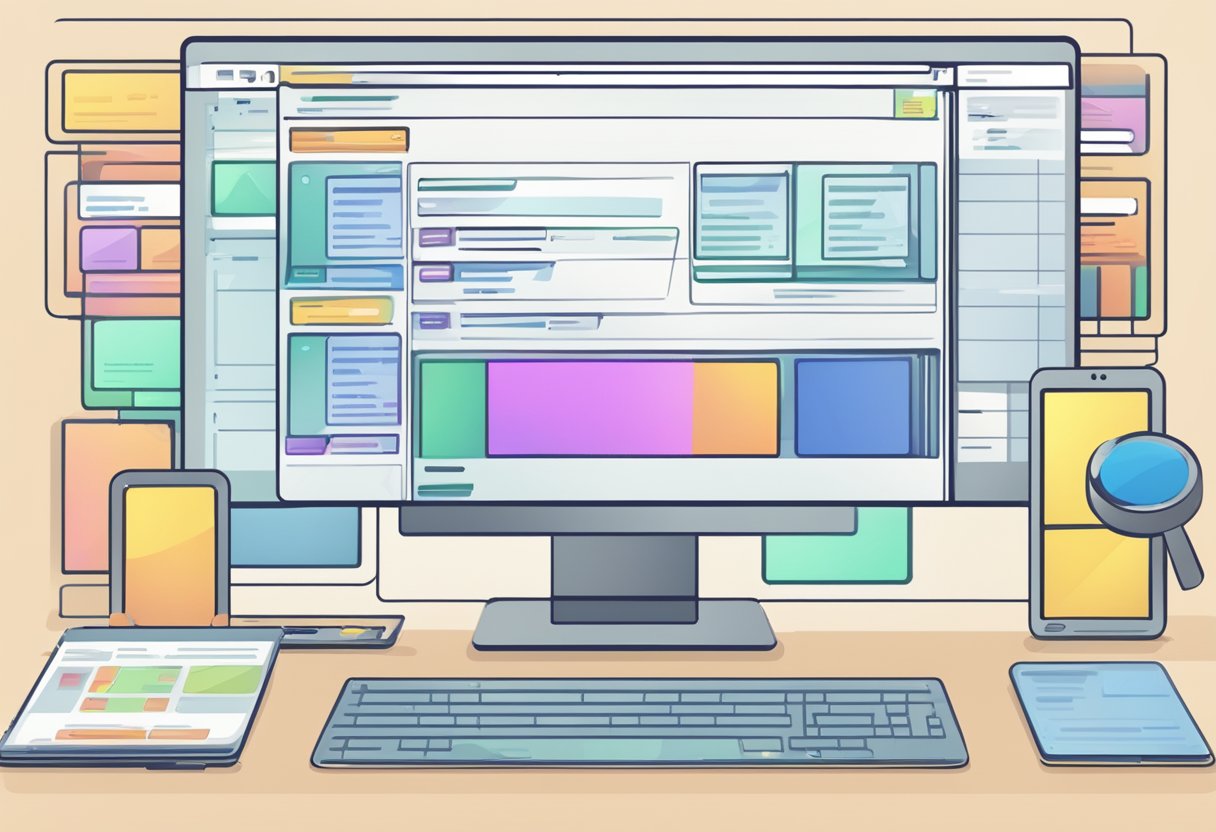
How can design collaboration software enhance team productivity?
Design collaboration software can enhance team productivity by allowing team members to work together on a project in real-time, regardless of their location. It also provides a centralized platform for communication, feedback, and version control, which can reduce the amount of time spent on coordination and ensure that everyone is on the same page. This can lead to faster project completion times, higher quality work, and more efficient use of resources.
What are the key features to look for in design collaboration tools?
When looking for design collaboration tools, it is important to consider features such as real-time collaboration, version control, file sharing, commenting and feedback, and integration with other tools. It is also important to consider the ease of use and accessibility of the tool, as well as the level of security and privacy it provides.
Are there any robust free tools available for design collaboration?
Yes, there are several robust free tools available for design collaboration, including Figma, InVision, and Canva. These tools offer a range of features and functionality, including real-time collaboration, commenting and feedback, version control, and file sharing. However, some advanced features may require a paid subscription.
What are some examples of popular design collaboration software used by professionals?
Some examples of popular design collaboration software used by professionals include Figma, Sketch, InVision, Adobe XD, and BIM 360. Each of these tools offers a range of features and functionality designed to enhance collaboration and streamline the design process.
How does BIM 360 facilitate design collaboration in the construction industry?
BIM 360 is a design collaboration software specifically designed for the construction industry. It allows teams to collaborate on construction projects in real-time, from initial design to final construction. It provides features such as model coordination, issue tracking, and document management, all of which are critical for successful construction projects.
What differentiates Figma from other design collaboration tools?
Figma is a cloud-based design collaboration tool that allows teams to work together in real-time on design projects. What sets Figma apart from other design collaboration tools is its powerful vector editing tools, which allow for easy design customization and iteration. It also offers advanced features such as design system management and prototyping, making it a popular choice for design teams working on complex projects.

